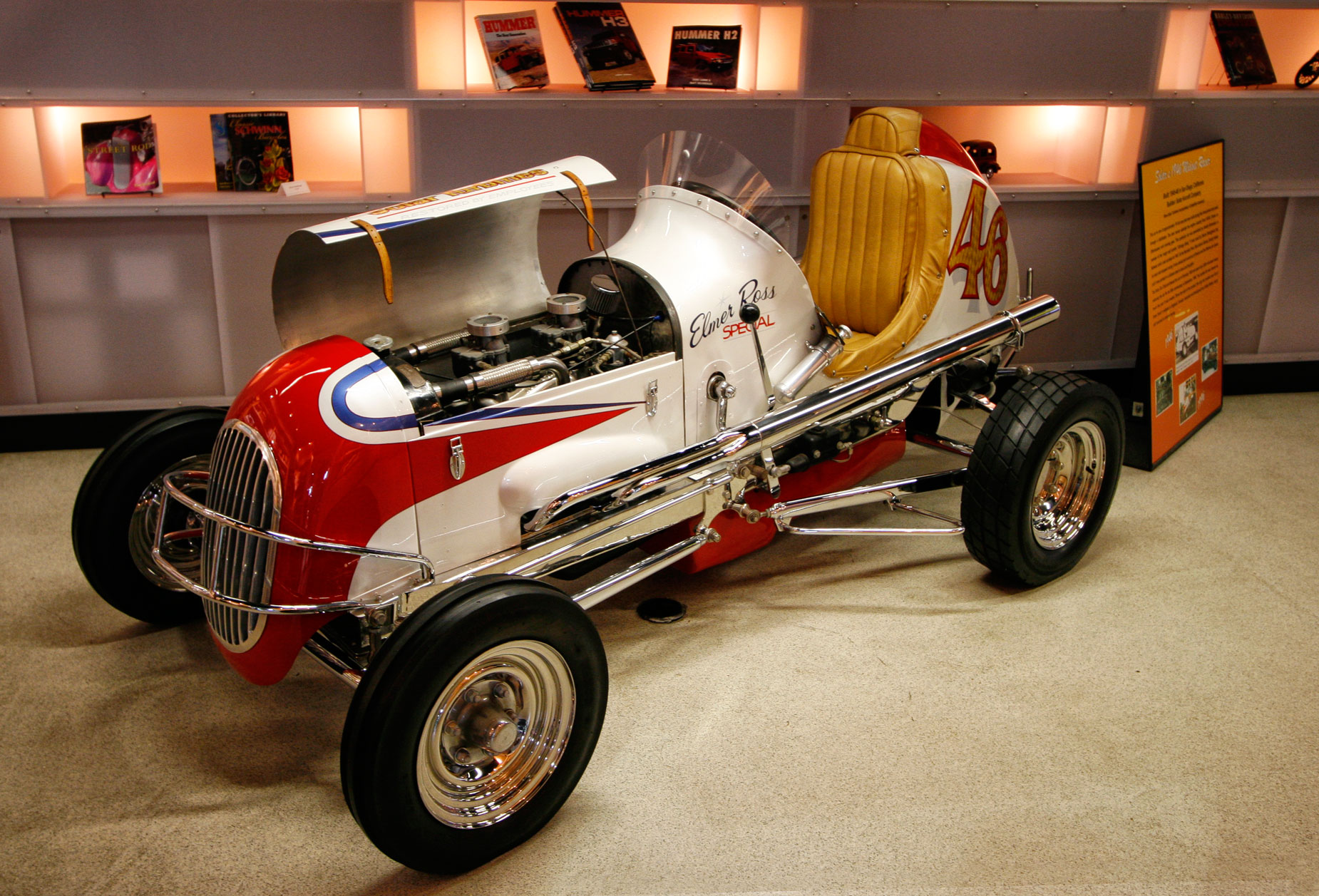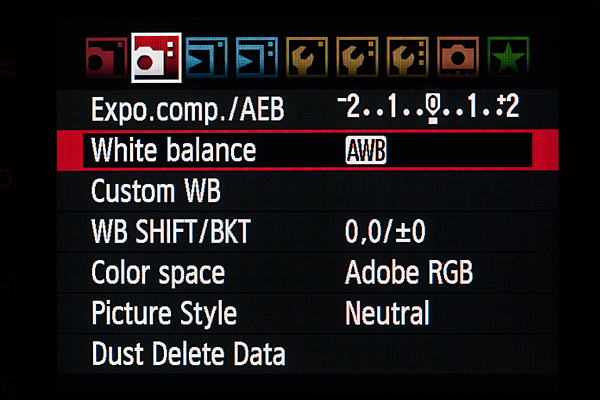Today’s Post by Joe Farace
Colors are the smiles of nature.— Leigh Hunt
Space is to place as eternity is to time. —Joseph Joubert
These days, most DSLRs and mirrorless cameras offer Color Space options that are completely different from their Color Balance settings and are used to adjust the camera’s color balance settings to match the light you’re shooting under so that it appears natural or neutral—if that’s your intent.

How I made this photo: The above photo (of what I think is a classic “Midget Racer”) was made at the San Diego Automotive Museum using a Canon EOS 30D and EF-S10-22mm f/3.5-4.5 USM lens with an exposure of 1/15 sec at f/4.5 and ISO 400 with a plus one-third stop exposure compensation. The Color Space used was Adobe RGB; the Color Balance setting was Auto White Balance.
Space: The Final Frontier
The two Color Space options are typically available in a DSLR or mirrorless camera’s custom settings are Adobe RGB and sRGB, so it seems simple, just pick one. But here’s the problem in a nutshell:
 sRGB (Standard RGB) was created in 1999 and its goal was producing color consistency between hardware devices. It defines a gamut* of colors that represents each color and can be used by monitors, scanners, printers, and digital cameras. sRGB has been incorporated into most Internet browsers to make sure the colors appearing on Web pages match the color scheme of the operating system. Because of the color consistency it creates, most hardware devices that work with images now have as the default setting. All of which sounds very inviting, doesn’t it.
sRGB (Standard RGB) was created in 1999 and its goal was producing color consistency between hardware devices. It defines a gamut* of colors that represents each color and can be used by monitors, scanners, printers, and digital cameras. sRGB has been incorporated into most Internet browsers to make sure the colors appearing on Web pages match the color scheme of the operating system. Because of the color consistency it creates, most hardware devices that work with images now have as the default setting. All of which sounds very inviting, doesn’t it.
Adobe RGB is designed for photographers whose work may appear in print (or in prints) and offers a broader range of colors than sRGB. If you want to really make yourself crazy, you can Google “sRGB vs. Adobe RGB” and read opinions about these differences from a wide range of viewpoints. Being a pragmatist, I suggest you shoot some tests, make some prints, look at some images on the web, especially your own website, and then make up your mind. This is the kind of testing methodology that photographers used to do in the film days and it’s still valid today, even if the tools are a lot different.
If you enjoyed today’s blog post and would like to treat me to a cup of Earl Grey tea ($2.50), please click here. And if you do, thanks so much.